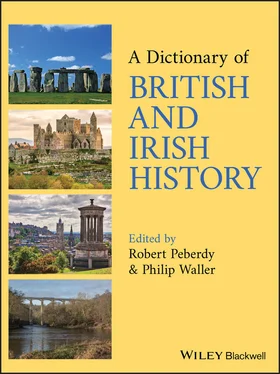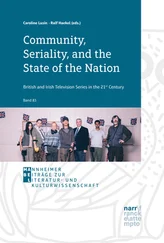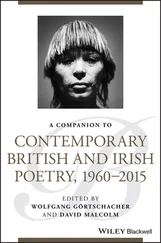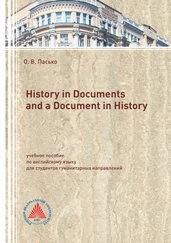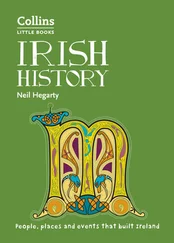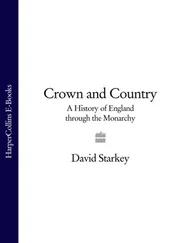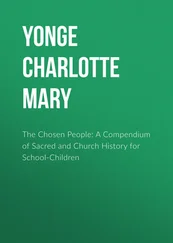Bligh’s crews also participated in the Spithead and Nore munities in England (1797). As governor of NEW SOUTH WALES (from 1805), he was deposed in 1808 by the ‘Rum Rebellion’ (reaction to his attempt to suppress illegal rum trading). He returned to England in 1810.
BLITZNickname used by people in Great Britain and Northern Ireland in WORLD WAR II for German large‐scale bombing: of LONDON (Sept. 1940–May 1941) and of provincial towns (Oct. 1940–Sept. 1941); also for the ‘Little Blitz’ on London, southern England and some other places (Jan.–April 1944). The press derived it from the German Blitzkrieg, meaning ‘lightning war’ (referring to fast‐moving warfare using motorized land forces and air support). See also EVACUATION, WORLD WAR II. BLOODY ASSIZESIn England, name for trials of participants in MONMOUTH’S REBELLION, 1685. The presiding judge was Lord Jeffreys (George Jeffreys, 1645–89), lord chief justice. The trials took place from 2 to 23 Sept. at WINCHESTER (Hampshire) and in Somerset and Dorset. About 1300 people were tried; about 250 were executed and at least 850 were transported abroad. (Monmouth was executed in London.) BLOODY SUNDAY (1920)Name applied to the most murderous day during the War of IRISH INDEPENDENCE, 21 Nov. 1920. In the morning, in DUBLIN, members of the IRISH REPUBLICAN ARMY, commanded by Michael COLLINS, killed 14 British intelligence agents. In the afternoon, at a Gaelic football match, police reinforcements (so‐called ‘Auxiliaries'), allegedly searching for a wanted man, opened fire, killing 12. BLOODY SUNDAY (1972)
Popular name for the day (30 Jan.), during the TROUBLES in Northern Ireland, when British Army soldiers shot dead 13 participants at an illegal march in LONDONDERRY (against internment of suspected terrorists). Another victim died later. The incident discredited British security forces, increased recruitment to the PROVISIONAL IRISH REPUBLICAN ARMY, and persuaded the British prime minister Edward HEATH to introduce ‘direct rule' of Northern Ireland (24 March).
An official report on the event (‘Widgery Report’), published in April 1972, relied mainly on the soldiers’ evidence and largely exonerated them, creating long‐lasting resentment. In Jan. 1998 Tony BLAIR established a new inquiry as part of the Northern Ireland PEACE PROCESS. Its outcome, the ‘Saville Report’ published in 2010 (costing £191 million), concluded that victims had been unarmed and their deaths unjustifiable. Prime Minister David CAMERON made a public apology for the deaths. See also NORTHERN IRELAND.
BLOOMSBURY GROUPA small group of influential English writers and artists who met informally at homes in the Bloomsbury district of LONDON between c.1907 and c.1930. Principal members were: novelists Virginia Woolf (1882–1941), E.M. Forster (1879–1970); art critics Clive Bell (1881–1964), Roger Fry (1866–1934); painters Vanessa Bell (1879–1961), Duncan Grant (1885–1978); biographer Lytton Strachey (1880–1932); political theorist Leonard Woolf (1880–1969); economist J.M. KEYNES (1883–1946). They combined serious concern for artistic and philosophical principles with irreverence towards personal morality. BLOUNT, CHARLESsee MOUNTJOY, LORD BLUE BOOKS, TREACHERY OF THEsee EDUCATION IN WALES, INQUIRY INTO BLUESHIRTSsee ARMY COMRADES’ ASSOCIATION; FASCISM, SOUTHERN IRELAND BOADICEAsee BOUDICCA BODICHON, BARBARA(b. 8 April 1827 at Whatlington, Sussex, England; d. 11 June 1891 at Scalands Gate, Sussex, aged 64). Barbara Leigh Smith, an independent writer and painter, campaigned from 1854 for reform of property law relating to women and other rights. In 1857, when leader of the LANGHAM PLACE CIRCLE, she published Women and Work and married French physician Eugène Bodichon. Thereafter she divided her time between Algiers and England (until 1877). She co‐founded the English Woman’s Journal (1858–64) with Bessie Rayner Parkes, and helped Emily Davies to found the College for Women at Hitchin in 1869 (near CAMBRIDGE from 1873, as Girton College). See also WOMEN’S MOVEMENT 1850S TO 1918, GREAT BRITAIN. BOER WAR, FIRSTsee SOUTH AFRICA BOER WAR OR SECOND BOER WAR
A conflict in southern Africa between British forces and the Boer‐ruled Transvaal (or South African Republic) and Orange Free State, 1899–1902, provoked by British expansionism. In the late 1890s, Joseph CHAMBERLAIN, the British colonial secretary, and Alfred MILNER in southern Africa, pressurized Paul Kruger, the Transvaal’s president, to enfranchise uitlanders (British and other immigrants in Transvaal). In response, Kruger demanded withdrawal of British troops from the region (9 Oct. 1899). His ultimatum was rejected.
The ensuing war had three phases. The first, from 11 Oct. 1899 to Jan. 1900, saw Boer incursions into British territory, with sieges of Ladysmith, Kimberley and MAFEKING, and heavy British losses in the ‘Black Week’ of Dec. 1899. Great Britain sent reinforcements, with Lord ROBERTS as the new supreme commander.
In the second phase, Feb.–Aug. 1900, Roberts launched counter‐offensives, raising the sieges, defeating the Boers at Paardeburg (27 Feb.) and capturing the Transvaal capital Pretoria (5 June). Britain annexed the Orange Free State (24 May) and Transvaal (1 Sept.).
Finally, from Nov. 1900, there was guerrilla warfare, to which Lord KITCHENER (new British commander) responded by destroying Boer farms and interning occupants in concentration camps. Boer resistance ended in May 1902 ( see VEREENIGING, TREATY OF).
About 22,000 British troops died (two‐thirds from disease and illness), at least 25,000 Boers (most in concentration camps), and 12,000 Africans. The war also had profound consequences for British society, provoking debates about Army reform, social welfare and the morality of imperial rule. See also SOUTH AFRICA; NATIONAL DETERIORATION; ESHER, 2ND VISCOUNT; HALDANE, R.B.
BOHUN FAMILY
A noble family prominent in England from the mid 12th century; they were important in the MARCH OF WALES 1241–1373 through the marriage of Humphrey of Bohun (d. 1265) to Eleanor, daughter of William de BRAOSE (d. 1230). Eleanor inherited (1241) lordships of Brecon and Hay (C Wales) and Haverfordwest (SW Wales).
In the reign of King EDWARD II of England (1307–27), Humphrey de Bohun ( c .1276–1322) opposed PIERS GAVESTON and the DESPENSERS. Humphrey de Bohun (1342–73) died without a male heir.
BOLEYN, ANNE
(b. c .1500, probably at Blickling, Norfolk, England; d. 19 May 1536 at London, England, aged about 36). A courtier’s daughter, Anne was courted by King HENRY VIII from 1526 although he was married to KATHERINE OF ARAGON. (Divorce proceedings began in April 1527; see GREAT MATTER.) Anne was created marchioness of Pembroke in Sept. 1532. She slept with Henry from Nov. and became pregnant. They were married secretly on 25 Jan. 1533 (marriage publicized at Easter, Anne crowned 1 June). On 7 Sept. Anne gave birth to a daughter ( see ELIZABETH I). At court Anne sponsored evangelical clergy and writers.
Anne’s failure to produce a male heir disenchanted Henry. She was imprisoned for treasonable adultery (2 May 1536). Her marriage was declared invalid (17 May) and she was executed. See also HENRY VIII, WIVES OF; BROWNE, GEORGE.
BOLINGBROKE, VISCOUNT
(b. 16 Sept. 1678, probably at Lydiard Tregoze, Wiltshire, England; d. 12 Dec. 1751 at Battersea, Surrey, England, aged 73). An MP from 1701 and a TORY, Henry St John collaborated with Robert HARLEY. He was secretary at war 1704–8 and SECRETARY OF STATE from 1710. From 1711 he supervised negotiations with France which resulted in the Peace of UTRECHT (1713), ending the War of the SPANISH SUCCESSION. He was created Viscount Bolingbroke in 1712. Like other Tories, Bolingbroke became dissatisfied with Harley ( see OCTOBER CLUB). In 1714 he persuaded Queen ANNE to dismiss Harley, but the earl of SHREWSBURY succeeded as leading minister.
Читать дальше
